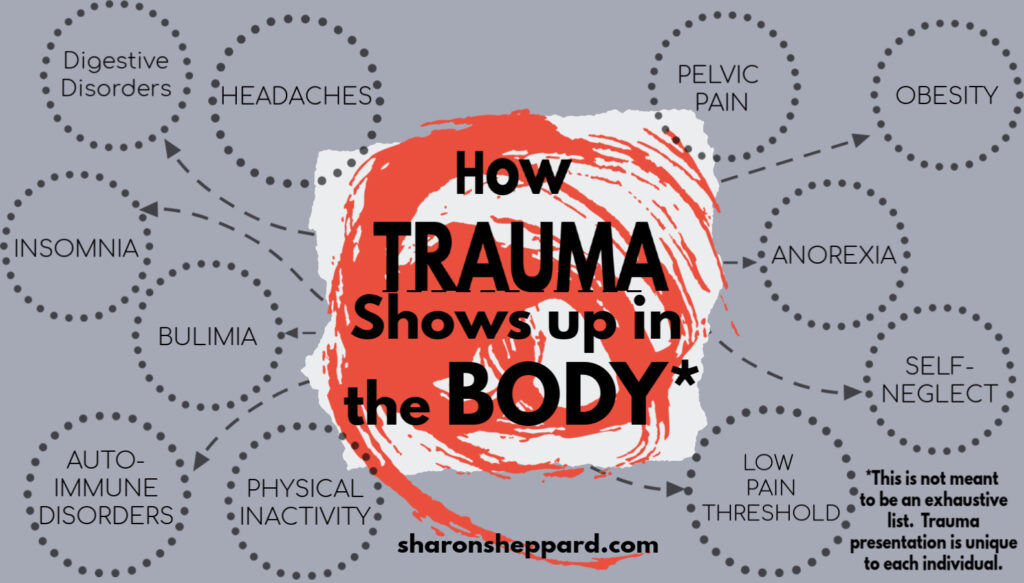
Trauma extends beyond an individual’s emotional and psychological responses to distressing events; it can also manifest in physical ways. The body’s survival response is a complex reaction that engages numerous brain regions and chemical processes. This response is triggered in reaction to situations that endanger one’s safety or overall well-being, irrespective of whether the threat arises from an intense emotional experience or a stressful circumstance, as described by therapist Anna Papaioannou. Understanding the physical manifestations of trauma is essential for a comprehensive perspective on its impact.
Physically, trauma can affect various bodily systems. One common physical manifestation is the activation of the “fight or flight” response. When exposed to a perceived threat, the body releases stress hormones like adrenaline and cortisol, leading to increased heart rate, rapid breathing, and heightened alertness. These physical changes are designed to prepare the body for immediate action.
Chronic trauma can lead to more persistent physical symptoms. Individuals may experience muscle tension, headaches, digestive issues, and sleep disturbances. The immune system may weaken, making one more susceptible to illnesses. Over time, these physical manifestations can contribute to chronic health conditions.
Moreover, trauma can be stored in the body’s tissues and muscles, leading to chronic pain or discomfort. It can also disrupt the body’s ability to regulate stress, impacting hormonal balance. Recognizing and addressing these physical aspects of trauma is crucial in providing holistic care for individuals who have experienced traumatic events.
